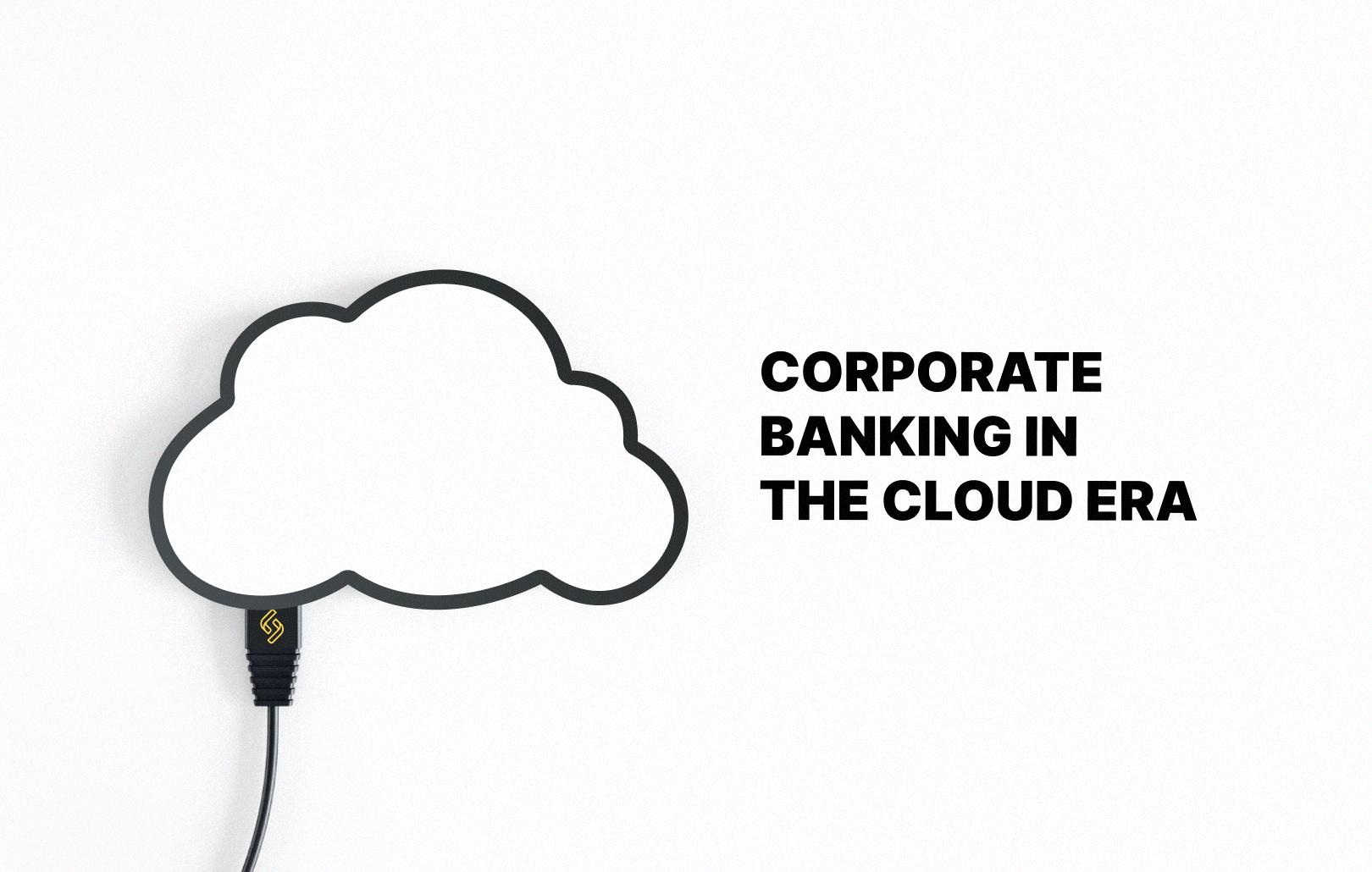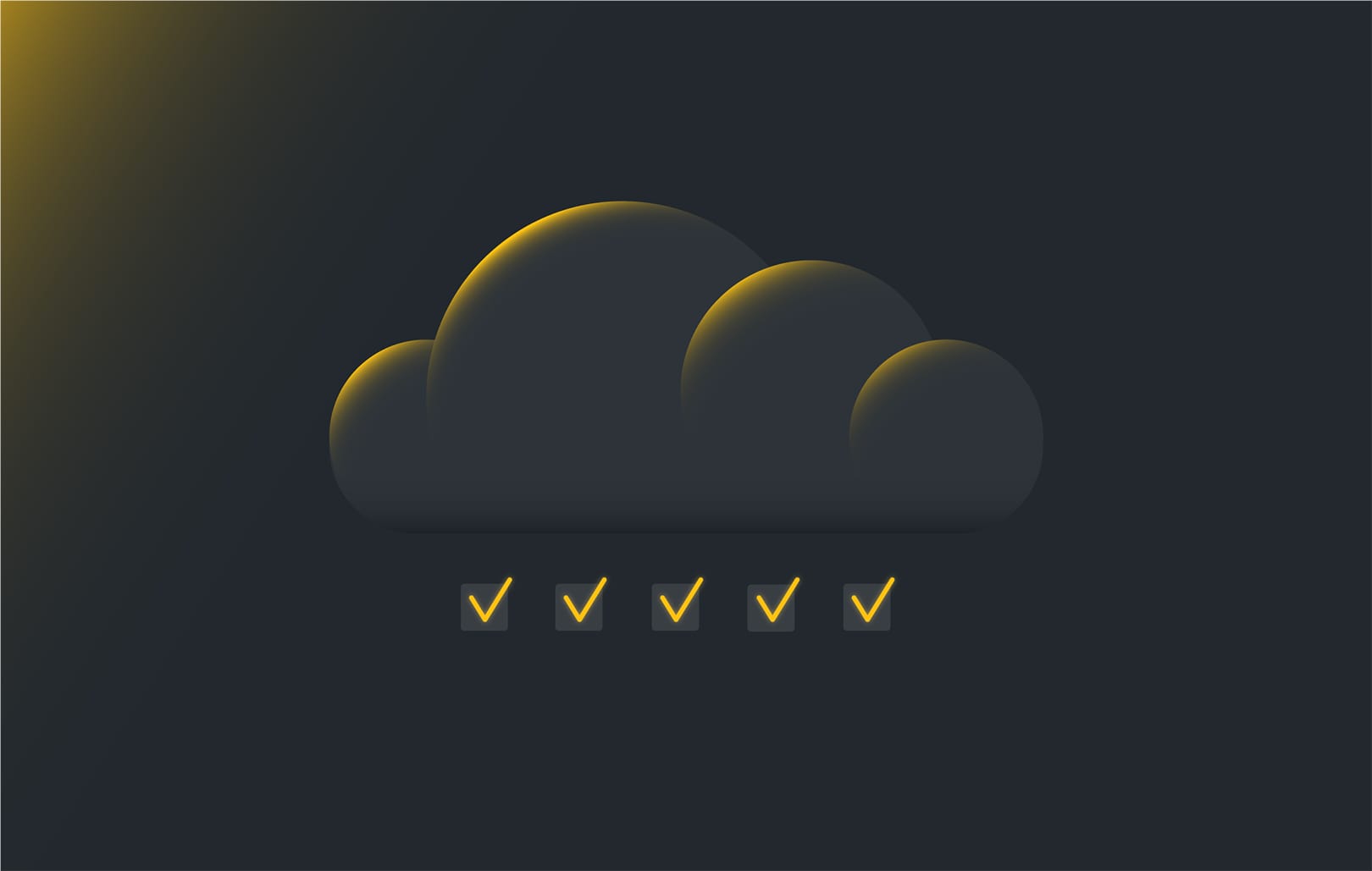5 Advantages of Cloud Computing for Banks and Financial Services

Cloud computing is not a gimmick anymore, but rather a somewhat vital technology for building big and dependable products. Having been tested by the IT giants and, later, several Big Data startups, the cloud-first strategy is breaking its way toward the modern banking sphere.
Although banking and finance regulators are often quite slow in terms of embracing new technology, cloud banking has lately become the next new thing they tend to regulate and certify easily. In some jurisdictions, the local government even starts to promote cloud strategy in fintech as one of the primary options for hosting the banking IT infrastructure.
What is Cloud Banking?
Cloud banking fully or partially relies on using cloud computing for its operation, which allows banks to outsource many aspects of their infrastructure to professionals in the respective spheres, and concentrate on their primary product. Cloud banking also allows for co-operation between banks and platform providers, allowing the faster introduction of new products and better processes grounding on more reliable information.
Let’s see how cloud banking is beneficial to the banking institutions of all kinds, and to their customers.
Re-Using, Not Re-Developing
Banking institutions may provide secure access to different modules of the integrated infrastructure to other banks and give them the possibility to concentrate only on the end-user interaction and similar high-level processes. For example, the so-called neobanks rent the financial back-end and powerful AML/CFT modules provided by other banks and concentrate on building the very product their customers are using.
Perfect Cost Optimisation
The legacy core-based model of old banks, that implies ownership of all banking infrastructure has its powerful drawbacks. For example, this model requires banks to operate vast computing power to be able to cope with the spikes in demand and provide uninterrupted service when the inflow of requests is huge. On the contrary, cloud banking allows only renting the computing capacity needed momentarily, and swiftly increase the power during spikes, not having to pay for full capacity all the time.
Cloud Banking and Building Way For New Services
Under the hood, cloud banking is a number of different modules, interconnected with numerous APIs. A major benefit of this approach is the ability to offer a similar API to 3rd party modules, improving financial lives of the customers and businesses. For example, Satchel’s Open X API allows to integrate the banking with bookkeeping, financial planning software and more, and to offer customers more insight into their finances and more automated actions, based on different triggers, without comprising any security.
Cloud Security Above All
Most of the clouds are operated by Google Cloud Platform, Amazon Web Services, Microsoft Azure, or providers alike. They specialize heavily on the product and put great effort into cybersecurity. Chances are, any new kind of cyber attack has been attempted on one of their customers, the measures were taken, and your cloud is automatically safe from any kind of similar attack, at no additional costs. Additionally, if different modules of the cloud ecosystem are hosted by the same provider, the direct traffic can be routed within the same data center, and thus physically inaccessible from anywhere in the world.
Room for Improvement
Banking on the cloud, cost-effective and professionally operated, allows the banking applications to use spared funding on more research, hiring talents, and further improvement of their offer to the final customer. Instead of spending on a costly underloaded data-center, fintech cloud providers and users can concentrate on building better, faster, cheaper products for the years to come.
Your FinTech Cloud Provider
Satchel is a cloud banking institution, which allows saving on operating costs and providing our customers with a better product for lower pricing. Putting banking on the cloud allows Satchel to offer innovative products, such as a cloud-based white label solution, with which other businesses can easily and rapidly start their own card product and banking application, built over Satchel’s cloud-based modules. Customers can connect their financial apps using the Satchel’s API, and have more insight into their every-day financial operations.



